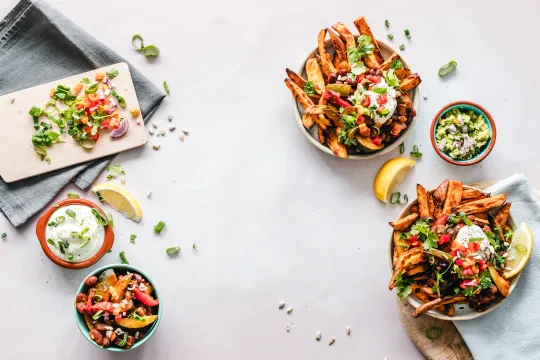Educated Choices Program is an academic non-profit organization offering free science-based education programs around the globe discussing the impacts of food choices on human and planetary health. To date, they have reached over 2.6 million students and community members with this valuable and life-changing information and have a proven success rate of nearly 50% in empowering participants to make healthful and environmentally sustainable dietary changes.
Their digital programs are offered in English, Spanish and German and discuss topics including personal health, public health, climate change, pollution, deforestation and their links to animal agriculture. They also discuss alternative proteins and food technologies that hold the power to help reinvent our food system, and they offer practical solutions to help participants move towards a more plant-rich diet.



